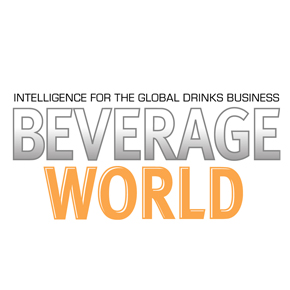The consumer base for protein drinks has broadened considerably to include men and women looking for convenient meal replacements or who like the wellness benefits associated with protein. CytoSport’s Muscle Milk was one of the first RTD protein drinks to really make headway in the mainstream market and the brand still dominates the category. Cytosport took the functionality of its Muscle Milk powder and put it into a convenient good-tasting liquid.
Following CytoSport’s lead have been new entrants into the market, all looking to improve upon formulation. Kevin Lawrence, CEO of BioNutritional Research Group, marketer of the recently introduced PowerCrunch Blast protein shakes, believes some consumers have been turned off in the past by the drinks due to issues with stomach discomfort, gas and bloating after consuming drinks with high levels of protein, up to 30 or 40 grams. “This is a result of the protein not getting digested quickly or completely enough. And a lot of those drinks have clumping issues when they are on the shelf where the protein falls out of solution. Our brand doesn’t have any of those issues,” he says.
The new protein drinks are joining an expanding category with a lot of runway still left in front of it, as the segment grew to $178 million in wholesale dollar sales in 2013, up 7.9 percent, according to Beverage Marketing Corporation, and the segment is expected to see at least 5 percent dollar sales growth in 2014.
Fueling the popularity of the drinks is the fact that protein has broad appeal across demographic groups due to benefits like energy, satiety, which can aid in weight loss, cognitive health, and muscle recovery. And, this last benefit is what has drawn athletes, fitness enthusiasts and runners to the protein drink category. And while protein drinks predominately appealed to men at first, these newer brands are seeing their consumer base expand to include more women and even athletic kids.
“Our customer base is 18 to 34-year old active adults, but we’re also appealing to a younger audience including a lot of athletes in that high school and junior high school range. We know for a fact that moms are looking for alternative sports drinks for their athletic children,” says Charles Walkley, CEO of New Whey Nutrition, which recently introduced the protein sports recovery drink NuAquos.
And Protein2o’s co-founder and CEO Bob Kral says about 50 percent of his consumers are women, which, he says, demonstrates the drinks’ mass appeal. Protein2o is a water-based protein drink that hit the market this year, and according to Kral the brand is lower in calories than most protein drinks and has electrolytes. Its flavors are more reminiscent of enhanced waters—Berry Splash, Grape Splash and Lemon Splash—than typical protein drinks, and it has only 70 calories per bottle, compared to other drinks clocking in at 160 calories. “We’ve hit on an area of the market that wasn’t being supplied,” Kral says.
Walkley believes the protein drink category is growing due to increased consumer awareness of protein nutrition. New Whey Nutrition leveraged its expertise in protein ingredients (it created the first whey-based liquid protein back in 2005) to develop NuAquos with a proprietary blend of protein, electrolytes, vitamins and minerals. According to Walkley, the goal was to deliver a great tasting, efficacious protein drink that “helps athletes rehydrate, restore and recover. Protein is a very exact science. It’s taken us several years to identify that perfect blend that also allows for 100 percent absorption by the body,” he says.
Consumer demand for protein-fortified products is expected to continue. And there are now hybrid products hitting the market, such as energy drinks with protein as with Monster Beverage’s Muscle Monster and coconut water with protein.
Walkley sees one problem with the ongoing growth and popularity of the protein-enhanced drink category. “My fear is that people who do not understand the science or formulation of protein will jump into the category and just take any quality of protein and put it into a beverage and put it out into the marketplace. And these products will be inferior in terms of taste, quality and efficacy. The average consumer will try it and will reject protein beverages. I don’t want the consumer to have a bad taste in their mouth, no pun intended, from protein beverages,” Walkley says.



